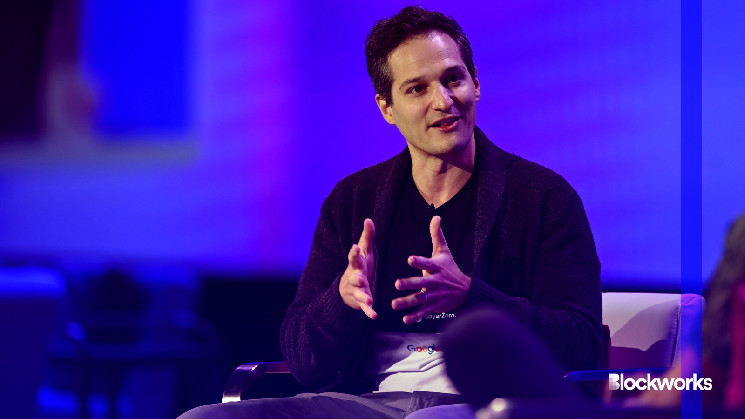The crypto ecosystem has achieved an array of major technology milestones over the past year.
Despite a series of unfortunate events in 2022 — with the collapse of the Terra ecosystem, and then later the bankruptcy of Sam Bankman-Fried’s FTX — the blockchain tech space proved resilient in 2023.
In particular, we’ve seen developments in the infrastructure and technology sectors with new innovations designed to make blockchains faster, more secure and private.
Major advancements in zero-knowledge technology
This year marked the launch of a series of zero-knowledge (zk) rollups.
First, we saw the launch of zkSync Era, followed closely by Polygon’s zkEVM, later Linea, and more recently, the =nil; Foundation — just to name a few.
Rollups share the same goal: make blockchains operate more efficiently by reducing the amount of block space needed to make a transaction by executing more transactions off-chain. This will, as a consequence, also reduce gas fees and fixed costs.
Zero-knowledge rollups, in this particular case, are not only able to perform off-chain executions, but they are also able to determine if the information is accurately executed without disclosing the information on the mainnet.
This differs from optimistic rollups, which automatically presume that information is accurate and rely on fraud proofs to challenge suspicious transactions.
It is important to note that more work still needs to be done to ensure zkRollups are completely decentralized and permissionless. Existing zero-knowledge technology is subject to upgradability risks.
These risks refer to whether or not a blockchain can be upgraded or subject to changes — with blockchains being more secure if they can not be upgraded.
More interconnected blockchains
Blockchain interoperability also made some impressive improvements this year.
From the introduction of Chainlink’s CCIP to LayerZero’s recent partnership with Google Cloud and JPMorgan, cross-chain interoperability protocol teams are actively working on connecting various private and public blockchains.
Blockchain interoperability protocols enable smart contracts across different blockchain networks to communicate with each other and facilitate the transfer of liquidity.
This is typically achieved through burning tokens in the smart contract of a source chain and then minting new, corresponding tokens on a destination chain.
Another way to transfer tokens is through bridging, where tokens are locked on a source chain and then minted natively on the destination chain.
Such tools can enable users of various blockchains to seamlessly swap, lend and stake their tokens across various ecosystems for a small gas fee.
Bringing more real-world assets on-chain through tokenizations
To bring more liquidity on-chain, developers real-world asset (RWA) protocols are also looking at ways these assets could serve as collateral through tokenization.
RWAs in the space could include assets such as cash, gold, real estate and US treasury bonds, for example. One of the most well-known RWAs today would be stablecoins — like Circle’s USDC and Tether’s USDT, which are widely used across DeFi protocols.
Some of the protocols behind on-chain financing include Centrifuge, Maple Finance and Goldfinch.
Read the full article here

